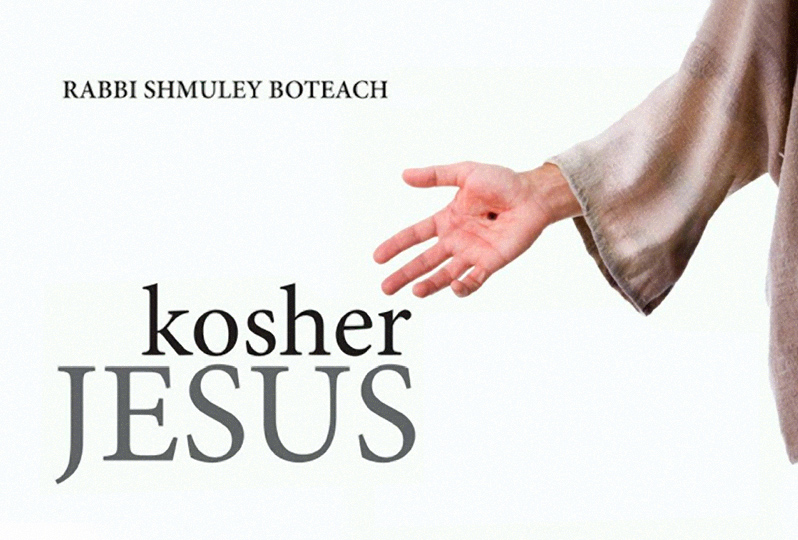This past Shabbos on Good Shabbos Nebraska - America's favorite Shabbos morning talk show - we had special guest Professor Meir Bar Ilan from Bar Ilan university in Israel.
Professor Bar Ilan was named after his distinguished
grandfather whom Bar Ilan University is also named for. He is also the great grandson of the great
Rabbi known as the Netziv, as well as nephew o
f Rabbi Baruch Halevi Epstein - the author of the famous commentary known as
the Torah Temimah.
In his own right, professor Bar Ilan is an incredible scholar who has written on a variety of interesting topics. One of his main subjects is numerology in the Torah. He explained to us that his understanding of numerology is not mystical at all. Rather numerology is a a literary device that he claims is pervasive in the Torah.
Numbers have many meanings. Take the number ten. On the one hand it has a quantitative meaning - I have ten fingers. On the other hand, it can have qualitative meanings as well - as in, "the performance was a ten!"
He contends that may numbers listed in the Torah are there to give us qualitative descriptions rather than accurate quantitative ones.
For instance, in this week's parshah the Torah says that Sara lived 127 years. The basic question is, why on earth do we care how old she was when she died? When we think about it, her precise age serves no purpose. He contends that she may or may not have been 127 years old when she died - but as far as the Torah is concerned her actual age is irrelevant. She was very old when she died. That is important. Also, the number 127 has numerological significance.
In the ancient world they were already aware of something that Euclid later called
perfect numbers. According to historians, the largest perfect number that they knew of was 8128. 127 was also the largest prime number calculated by hand and was the
largest known Marsene prime number until the 1950s. So clearly there is some great significance to the number 127, and Professor Bar Ilan claims that the number was less Sara's exact age and more of a description of this extraordinary woman.
He also discussed with us the concept of magic in Judaism and the ancient world. In the ancient world, without exception, magic was performed by adjuring the assistance of strange pagan deities to perform supernatural acts. Magic was always connected to idolatry, and that is the magic that is prohibited by the Torah.
According to Professor Bar Ilan, J. K. Rowling knows a great deal about writing popular fiction, but she knows absolutely nothing about magic. The magic depicted in Harry Potter is something that a person can go to school for and learn. In a way, the magic of Harry Potter is no different than chemistry. The children learn that reciting a particular incantation or mixing certain potions will produce certain predictable results. This is completely different than ancient magic where the practitioner had to adjure the gods and hope that the gods grant his requests.
So if the magic of Harry Potter would actually work, it would be permissible according to the Torah just as chemistry is permissible. Therefore, a Jewish child could go to Hogwarts to become a wizard. The kids at Beth Israel were very happy to learn that.
It was a fascinating Shabbos. After Kiddush Professor Bar Ilan spoke about his current project, deciphering a manuscript that was discovered in Kochi, India. We could have listened to him all day. Everything that he said was fascinating and the crowd was captivated.
Another great episode of Good Shabbos Nebraska. Next week,
polygamy Shabbos!




